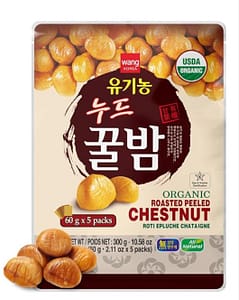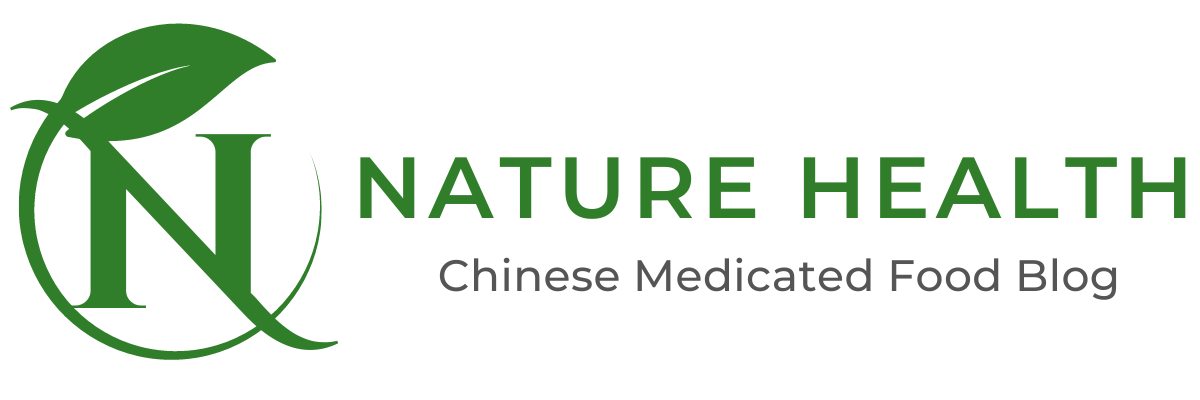Chinese chestnut (栗子) is one of the most underrated foods that has great benefits for our body. It is an excellent food and snack for almost anyone, especially during the year-end season.
In this post, I will share with you the benefits of Chinese chestnuts from the TCM perspective, as well as who are suitable (and not suitable) to eat Chinese chestnuts.
药王, 孙思邈 (Sun Si Miao, also known as the King of Chinese Medicine) once said that Chinese chestnut is 肾之果, which means eating Chinese chestnut has great benefits for the kidneys.
黄帝内经 (The Yellow Emperor’s Classic of Internal Medicine) said 五果为助, which means that there are five main fruits/nuts that can provide our body with nourishment, and one of them is the Chinese chestnut.
The thermal nature of Chinese chestnut is warm, thus it is very suitable to be consumed during year end when the weather is cooler. Do take note to avoid eating Chinese chestnut if you are having a sore throat.
Chinese chestnut has great benefits for the kidney, spleen and stomach organ meridians.
For thousands of years, people have been consuming Chinese chestnut to strengthen their legs, knees and lower back as it helps with strengthening the Qi in our kidneys.
In olden times, Chinese chestnut is also used for children who have difficulty growing in height due to weak bones and tendons because it helps to boost the Qi in the kidneys, which has a direct effect on bone health from TCM perspective.
Chinese chestnut can also help to strengthen the spleen, so it is useful for people who have weak spleen (have loose stools, and stomach is easily irritated by cold food/drinks). Having a strong spleen will help our body to better absorb nutrients from the foods we eat, which is the foundation of a healthy body.
Lastly, Chinese chestnut is known to help with thickening the inner walls of our stomach and intestines. This is a lesser-known benefit that is officially recorded in 名医别录 (one of the most comprehensive historical records on Traditional Chinese Medicine).
How To Consume Chinese Chestnuts

Unlike in the past, when people had to spend time frying the chestnuts and cracking the hard shells, it is a lot more convenient nowadays and you can eat Chinese chestnuts almost anytime, anywhere!
Chinese chestnuts can be bought off-the-shelf in supermarkets and they come in ready-to-eat packaging.
You can simply enjoy them as a snack or even add them to your porridge or cereal for a more wholesome breakfast!
The recommended dosage for one person is 30g to 60g a day..
Who Should Avoid Eating Chinese Chestnut
People with diabetes should limit their consumption of Chinese chestnuts. In addition, people who have constipation issues should also limit their intake of Chinese chestnuts.
Hope you find this post useful!

